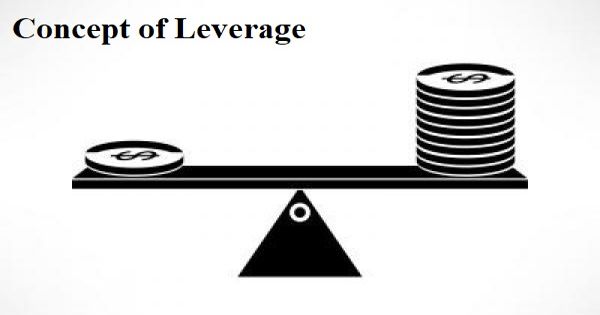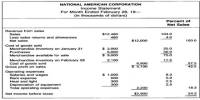The net present value (NPV) method can be a very good way to analyze the profitability of an investment in a company or a new project within a company. NPV is a useful starting point but it’s not a definitive metric that an investor should rely on for all investment decisions as there are some disadvantages to using the calculation.
Disadvantages of Net Present Value (NPV) – The biggest disadvantage to the net present value method is that it requires some guesswork about the firm’s cost of capital. Assuming a cost of capital that is too low will result in making suboptimal investments.
(i) NPV is difficult to use. This method is not useful for comparing two projects of different sizes. Therefore, the NPV of larger projects would inevitably be higher than a project of a smaller size. The returns of the smaller project may be higher in relation to its investment but overall the NPV value might be lower.
(ii) NPV can not give accurate decision if the amount of investment of mutually exclusive projects is not equal. Net Present Value must guess at what a company’s cost of capital will be in the future. If one assumes that this figure is too low, then the outcome will be a series of suboptimal investments.
(iii) It is difficult to calculate the appropriate discount rate. The entire computation of NPV rests on discounting the future cash flows to its present value using the required rate of return. However, there are no guidelines as to the determination of this rate.
(iv) Net Present Value produces an investment ratio that typically focuses on short-term projects instead of looking for long-term results. If a company were to evaluate a project looking at the near-term profit potential it creates, then the decision-makers may undervalue what the long-term profitability of a project could be.
(v) NPV may not give a correct decision when the projects are of unequal life. Before making a final determination, a review of all cash flow predictions must happen because internal projections are often set too high. This disadvantage then creates an upward bias when trying to build a final estimate.
(vi) NPV only takes into account the cash inflows and outflows of a particular project. The sunk cost like research and development, trial, etc. incurred before the project starts, is mostly high. It does not take into account any hidden costs, sunk costs, or other preliminary costs incurred in relation to the particular project. This cost is wholly ignored under the computation of NPV.
(vii) The concept of capital rationing is applied in NPV; therefore, the projects which do not lie under the capital budget limit, cannot be compared under this method.
Regardless of its disadvantages, finance managers widely use NPV and they consider it as a good measure of profitability than IRR, discounted payback period, and payback period.
















